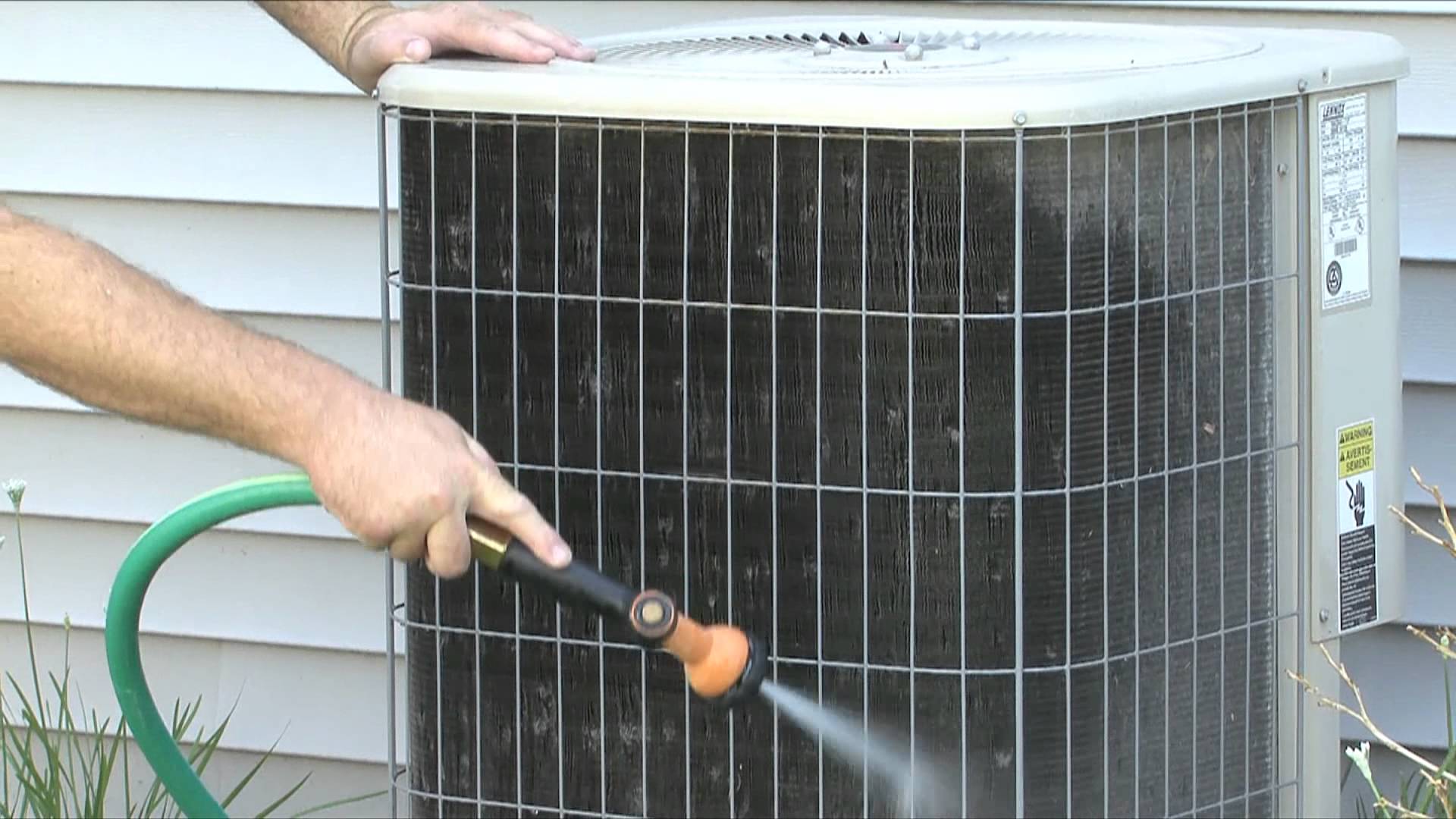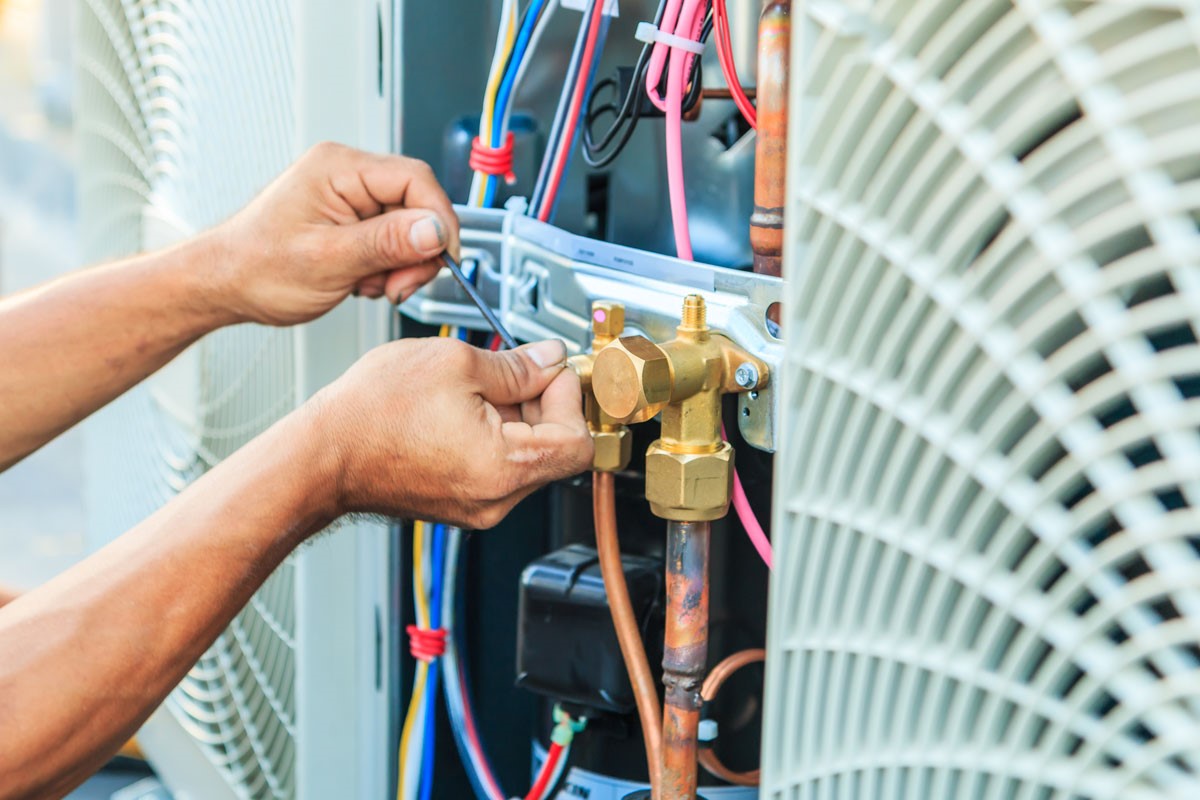Thinking about the intricacies of cooling old homes, cooling setup for historical homes poses peculiar dilemmas.
Exactly how can you protect the integrity of period residential properties while guaranteeing first-class indoor comfort?
Untangle the enigmatic interplay between modern-day cooling eases and timeless architectural treasures in the following conversation.
Secret Takeaways
- Preserve historical beauty with proper products and professional assistance.
- Update electric systems for modern-day cooling and heating compatibility and safety and security.
- Explore small cooling choices like mini-split or high-velocity systems.
- Improve power efficiency with insulation, clever thermostats, and maintenance.
Historical Factors to consider
When considering the installation of a/c in a historical home, it is essential to comprehend the one-of-a-kind historic elements of the home. Remediation challenges typically occur when attempting to blend modern-day comfort with protecting the historic integrity of the home. The building influence of installing a/c must be meticulously reviewed to see to it that the system doesn't interfere with the home's initial style.
Protecting the historical beauty of a home while upgrading its features can be a delicate equilibrium. Restoration challenges may include locating methods to conceal ductwork, situating discreet areas for the exterior unit, or adjusting the system to fit within the existing building constraints. It's vital to work with professionals experienced in historical home restorations to browse these difficulties successfully.
The architectural effect of adding air conditioning can be substantial. Cautious factor to consider needs to be provided to just how vents, thermostats, and various other components will certainly mix with the home's visual. Making sure that the installment does not jeopardize the historic integrity of the home is extremely important when undertaking such a task in a historical home.
Examining Electric Equipments
To guarantee a successful setup of air conditioning in a historical home, reviewing the compatibility and capacity of the existing electrical systems is important. Prior to proceeding with the installment, it's important to examine whether the electrical system can handle the extra tons that the air conditioning unit will certainly introduce. In many cases, upgrading the voltage of the electrical system may be required to ensure it can power the brand-new air conditioning system successfully.
System compatibility is another vital aspect to examine when assessing the electrical arrangement of a historical home. Older electrical systems may not work with contemporary a/c systems, which could cause breakdowns or even present security threats. Ensuring that the electric system is compatible with the new a/c devices will help protect against any type of potential issues down the line.
Space Constraints and Ductwork Options
When dealing with restricted space in your historic home, you could wish to check out ductless mini-split systems or high-velocity cooling and heating systems as feasible choices. These systems can give reliable cooling without the demand for extensive ductwork, making them ideal for older properties with space constraints.
Ductless Mini-Split Systems
Thinking about space constraints and various ductwork alternatives, ductless mini-split systems use a functional remedy for a/c installation in historic homes. These systems provide substantial power cost savings compared to conventional HVAC arrangements, as they allow for zoning, indicating you can cool down certain locations just when required.
The style adaptability of ductless mini-split systems is likewise beneficial for historic homes, where protecting the original aesthetics is essential. Without ductwork required, installment is less invasive, making it a recommended selection for older homes with restricted room or where protecting architectural integrity is a priority.
Ductless mini-split systems are reliable, personalized, and mix effortlessly right into historical interiors, offering a practical and energy-efficient air conditioning option.

High-Velocity Cooling And Heating Systems
High-Velocity heating and cooling systems supply a compact and effective air conditioning solution for historical homes with restricted space and specific ductwork needs. When considering these systems for your historical home, below are 4 key points to bear in mind:
- Mini duct systems: High-Velocity heating and cooling systems utilize tiny air ducts that are a lot smaller in size contrasted to standard ductwork, making them perfect for homes with space restrictions.
- Compact layout: The small style of these systems permits much easier installation in older homes where space is limited.
- Reliable air conditioning: Despite their little size, high-velocity systems can supplying effective cooling throughout your historic home.
- Versatile setup: These systems supply various ductwork choices, such as versatile tubing, which can be routed through existing walls without major renovations.

Power Performance Solutions
To boost the energy effectiveness of your historic home, think about updating the insulation and incorporating a smart thermostat. These services can assist control interior temperatures effectively and minimize energy intake, ensuring a more lasting and cost-efficient air conditioning system for your special home.
Make these upgrades component of your cooling installation strategy to maximize comfort while reducing environmental influence.
Insulation Upgrades
Updating the insulation in your historical home can substantially improve its power performance and overall comfort while preserving its distinct character and appeal. Take into consideration these vital approaches for insulation upgrades:
- Assess Home Window Treatments: Setting up energy-efficient home window treatments like insulated drapes or blinds can help lessen heat transfer and enhance the overall performance of your home.
- Enhance Roof Insulation: Updating roofing system insulation is crucial for much better temperature level policy within your historical home, assisting to keep it cool down in the summer and cozy in the winter months.
- Seal Gaps and Cracks: Determining and sealing spaces and splits in your house's wall surfaces, floors, and ceilings can avoid air leak and improve insulation performance.
- Consider Attic Insulation: Appropriately insulating your attic can significantly reduce heat loss and boost the overall energy efficiency of your home.
Smart Thermostat Integration
Thinking about the energy-saving benefits of insulation upgrades in your historic home, incorporating a smart thermostat can even more boost your energy efficiency solutions.
Smart thermostats provide exact control over your home's temperature settings, leading to considerable energy financial savings. By maximizing home heating and cooling timetables based on your preferences and day-to-day regimens, you can lower power waste and lower energy expenses.
In addition, wise thermostats offer remote gain access to, enabling you to change the temperature level settings from anywhere utilizing your mobile phone or computer system. This function enables you to ensure your home is successfully warmed or cooled down even when you're away, taking full advantage of convenience while decreasing energy usage.
Embracing wise thermostat technology is a useful step towards enhancing the power efficiency of your historical home.
Conservation Methods for Air Vents
Protecting the stability of historical air vents is crucial during the installment of a/c systems in older homes. When it comes to maintaining the building credibility of your historical home while upgrading its comfort, consider the adhering to preservation techniques for air vents:
- Reconstruction Techniques: Execute mindful remediation approaches to maintain the original design and product of the air vents, ensuring they blend effortlessly with the historical visual appeals of your home.
- Consult Specialists: Seek advice from professionals experienced in historical conservation to assist you on the very best techniques for maintaining the air vents' building stability.

- Personalized Solutions: Explore personalized solutions that cater to the one-of-a-kind attributes of your historical air vents, allowing for modern upgrades without compromising their original beauty.
- Period-Appropriate Products: Go with period-appropriate products when fixing or changing air vents, ensuring they align with the historical age of your home's style.
Specialist Tips for Effective Installment
When setting up air conditioning in historical homes, guaranteeing effective installment needs following expert tips for a smooth assimilation with your residential property's unique functions.
Start by thoroughly reviewing warranty coverage used by various heating and cooling firms to safeguard your investment in case of breakdowns. Obtain all required permit requirements from regional authorities before starting any installment job to prevent lawful problems down the line.
Budget plan preparation is necessary; see to it to make up any kind of unpredicted expenses that might arise during the installation process. In addition, develop upkeep timetables from the beginning to keep your new system running successfully for many years to come.
Often Asked Inquiries
Can Cooling Be Mounted in a Historic Home Without Compromising Its Historic Stability?
Yes, you can install a/c in a historic home without compromising its historical integrity. Preservation methods can be made use of to flawlessly incorporate modern-day cooling systems while maintaining the home's initial appeal.
By strategically putting ductwork and systems hidden, you can assure that the historic features continue to be noticeable.
It's feasible to delight in the comforts of air conditioning in a historical home without sacrificing its one-of-a-kind character.
Are There Unique Factors To Consider to Bear In Mind When Installing Air Conditioning in a Historic Home With Outdated Electric Solutions?
When upgrading electrical wiring in a historical home with obsolete electrical systems, unique considerations are necessary. Preservation techniques should be made use of to preserve the historic integrity of the home.
It is very important to deal with professionals who comprehend the fragile equilibrium in between contemporary benefits and maintaining the home's one-of-a-kind personality.
Just How Can Ductwork Be Discreetly Set Up in a Historic Home With Limited Area? https://eastfinchleyacinstallation.co.uk
When dealing with minimal space in a historical home, you'll require to consider discreet layout and space-saving remedies for installing ductwork. To maintain historical preservation while delighting in modern comfort, discover imaginative methods to put ducts away without endangering the home's appearances.
Check into slim air duct alternatives or consider utilizing existing dental caries for duct placement. By mixing performance with nuance, you can assure a smooth integration of a/c in your historical home.
What Are Some Energy-Efficient Options for Air Conditioning in Historic Houses?
When looking for energy-efficient choices for a/c in historic homes, take into consideration making use of energy-efficient zoning and mini split systems. Energy-efficient zoning aids regulate temperatures in different zones of your home, saving energy.
Mini split systems are a great option for older homes with limited room, offering both cooling and warming functions. By opting for these options, you can maintain your historic home comfy without endangering on power performance.
Exist Details Preservation Techniques That Should Be Used for Historic Air Vents Throughout Installation?
When setting up air conditioning in historical homes, preservation methods play a critical duty. It is necessary to make sure that the existing air vents are meticulously integrated right into the new system to keep the historical visual of the home.
Conclusion
When installing air conditioning in historic homes, it is essential to contemplate the unique difficulties such as protecting the home's historical honesty, assessing electrical systems, and functioning within area restrictions.
By carefully preparing and using energy-efficient remedies, you can effectively mount a/c without compromising the personality of your historic home.
Bear in mind to consult specialists for advice and warranty proper conservation strategies for air vents to preserve the appeal and performance of your home.
